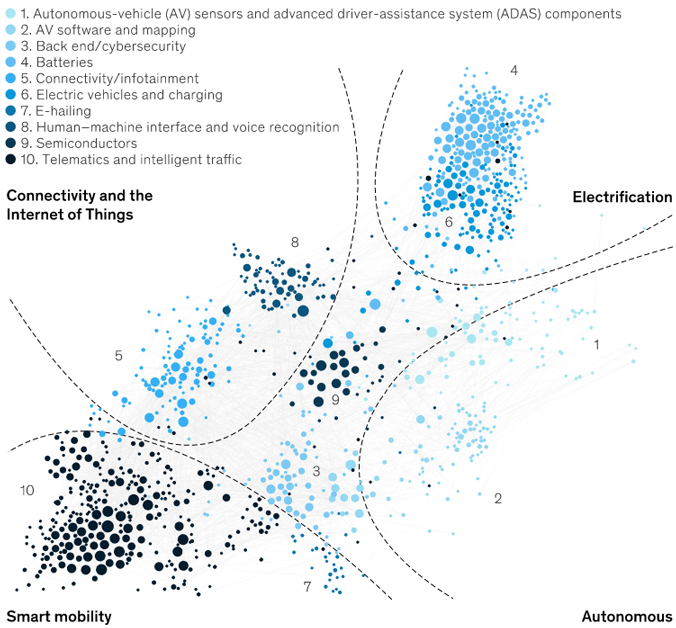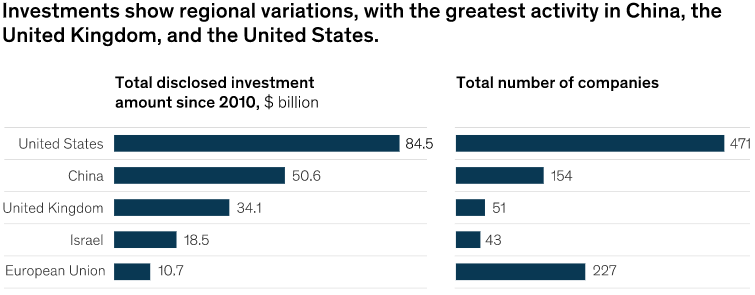Mobility Today
The Sustainable Mobility framework to date presents the following characteristics:

To date, Mobility and Sustainability are two of the most relevant challenges for EU’ citizens health and wellbeing.


The coronavirus crisis holds profound lessons that can help us better understand the advantages of cross borders interactions. It is vital to coordinate EU common initiatives, while we foster collaboration among sectors and stakeholders.
The future of Sustainable Mobility Innovation is likely to occur at the borderlines between different industries…
Therefore, Sustainable Mobility value chain has to be seen in the future in an “Extended” multi-dimensional framework, widening the view of potential synergies and collaborations among stakeholders at 360º. This is what we call Extended Sustainable Mobility.
There is an opportunity for EU to lead Sustainable Mobility. Sustainable Mobility has been focused on Urban Mobility, but is much more than that. It needs to be seen as a holistic and integrative concept, about the mobility of people and goods, including travel and transportation, involving all stakeholders to work under one direction, putting together talent, innovation, technologies and investments, to generate cleaner, fair and sustainable solutions, and at the same time, accelerating EU competitiveness and economic growth, for better European citizens lives.
